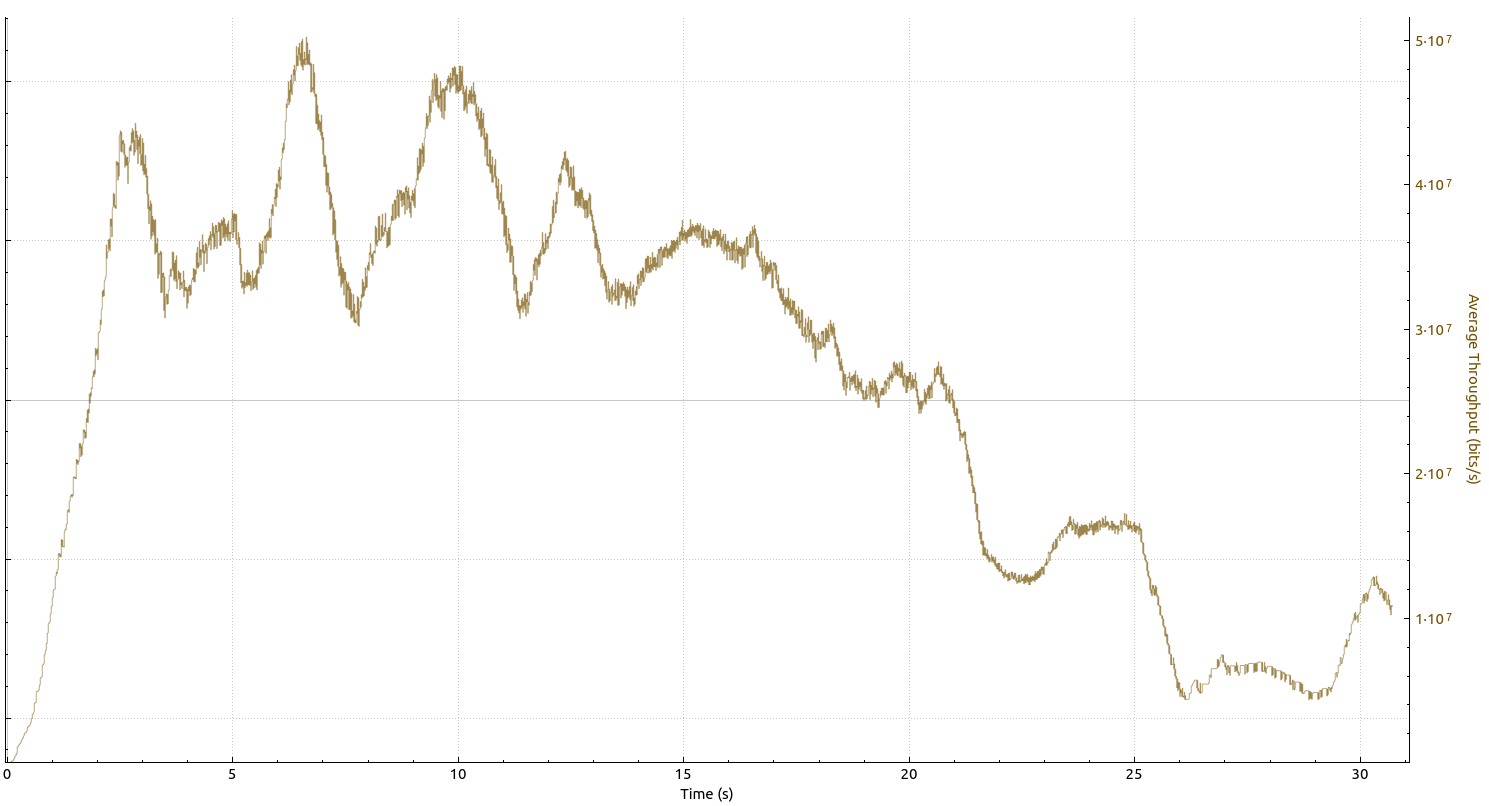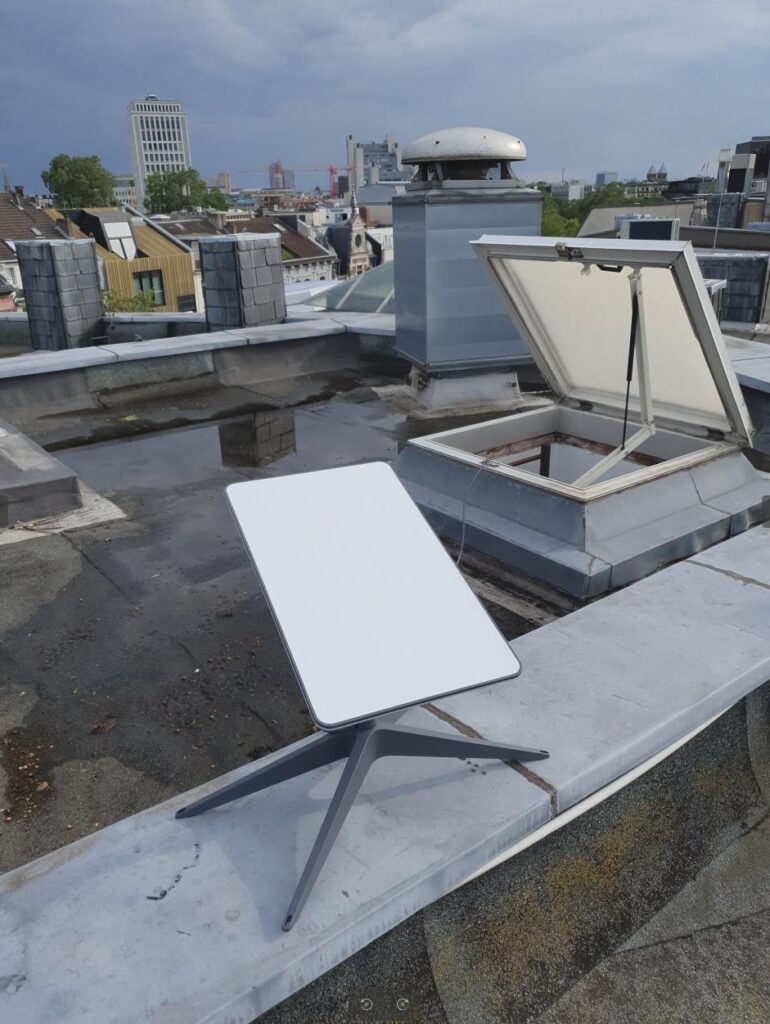
In part 3 of this series, I’ve taken a look Starlink’s downlink performance with the non-standard TCP BBR congestion avoidance algorithm. Overall, I was quite happy with the result as, despite the variable channel and quite some packet loss, BBR kept overall throughput quite high. Cubic, the standard TCP congestion avoidance algorithm, is not quite as lenient on packet loss, so I was anxious to see how the system behaves in the default Linux TCP configuration. And it’s not pretty I’m afraid.
Continue reading Starlink – Part 4 – Downlink Performance – Standard Cubic

